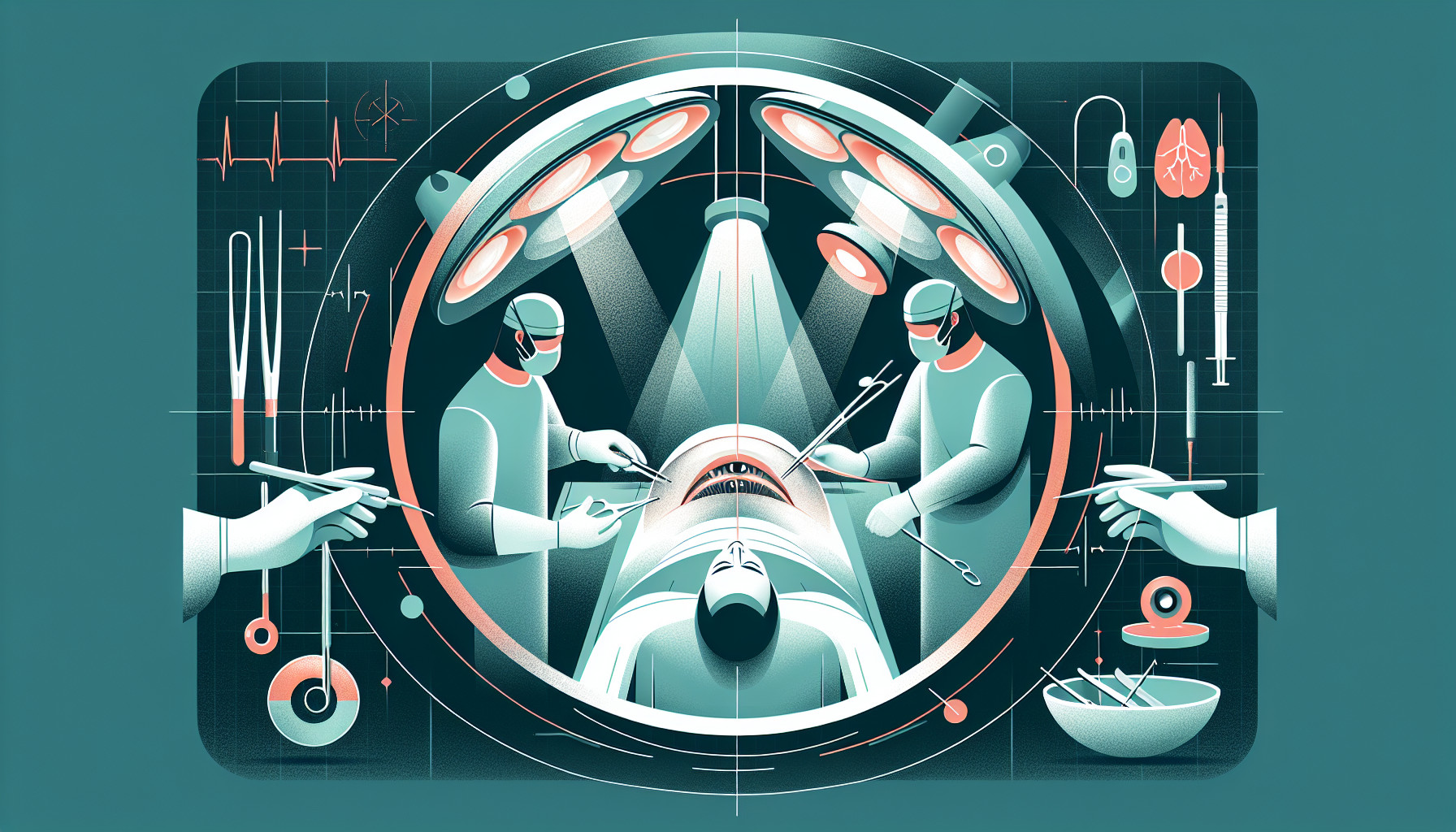Our Summary
The world’s population is growing and people are living longer. This means that more people will have age-related conditions, like cataracts, that can cause blindness if not treated. One way to treat cataracts is through a surgery that can be done on both eyes at the same time (Simultaneous Bilateral cataract surgery or SBCS). This is a good option because it allows for quicker recovery, is more cost-effective, and has a lower risk of complications from general anesthesia. However, some people are hesitant to have this procedure due to the risk of a serious eye infection. This study highlights a case where a 36-year-old woman with Down Syndrome successfully had this surgery.
FAQs
- What is Simultaneous Bilateral cataract surgery (SBCS) and why is it beneficial?
- What is the main risk associated with Immediately Sequential Bilateral Cataract Surgery (ISBCS)?
- What were the results of the ISBCS performed on a 36-year-old female patient with Down’s syndrome?
Doctor’s Tip
A helpful tip that a doctor might tell a patient about cataract surgery is to follow all pre-operative instructions provided by the surgeon, such as not eating or drinking anything for a certain amount of time before the surgery. This will help reduce the risk of complications during the procedure. Additionally, it is important to attend all follow-up appointments and adhere to post-operative care instructions to ensure a smooth recovery and optimal results.
Suitable For
Patients who are typically recommended for cataract surgery include those who have significant vision impairment due to cataracts, difficulty performing daily activities due to poor vision, and those with cataracts that are causing other eye health issues. Additionally, patients with certain medical conditions such as diabetes or those who have had previous eye injuries may also be recommended for cataract surgery. Older adults are more likely to develop cataracts and may be recommended for surgery as they age.
Timeline
Before cataract surgery:
- Patient experiences blurry or cloudy vision
- Patient may have difficulty seeing at night or in bright light
- Patient may have trouble reading or doing other activities that require clear vision
- Patient may have increased sensitivity to glare
- Patient may need to undergo pre-operative tests and evaluations to determine if they are a suitable candidate for cataract surgery
After cataract surgery:
- Patient may experience improved vision immediately after surgery
- Patient may need to use eye drops to prevent infection and promote healing
- Patient may need to wear an eye shield at night to protect the eye
- Patient may need to avoid certain activities, such as heavy lifting or bending over, for a period of time
- Patient may need to attend follow-up appointments with their ophthalmologist to monitor their progress and ensure proper healing.
What to Ask Your Doctor
What are the benefits of having cataract surgery on both eyes at the same time (Simultaneous Bilateral Cataract Surgery)?
What are the potential risks and complications associated with Simultaneous Bilateral Cataract Surgery?
How long is the recovery period for Simultaneous Bilateral Cataract Surgery compared to having the surgeries done separately?
Will I need to undergo general anesthesia for Simultaneous Bilateral Cataract Surgery, and what are the risks associated with anesthesia?
What are the success rates for Simultaneous Bilateral Cataract Surgery compared to having the surgeries done separately?
Are there any specific considerations or concerns for my individual health condition that I should be aware of before undergoing Simultaneous Bilateral Cataract Surgery?
How soon can I expect to see improvements in my vision after Simultaneous Bilateral Cataract Surgery?
What post-operative care and follow-up appointments will be necessary after Simultaneous Bilateral Cataract Surgery?
Are there any lifestyle changes or restrictions I need to be aware of after undergoing Simultaneous Bilateral Cataract Surgery?
What is the cost difference between having cataract surgery on both eyes separately versus having Simultaneous Bilateral Cataract Surgery?
Reference
Authors: Sharma R, Shankar S, Kumar N, Vichhare N. Journal: Indian J Ophthalmol. 2022 Nov;70(11):4089-4091. doi: 10.4103/ijo.IJO_1166_22. PMID: 36308170
